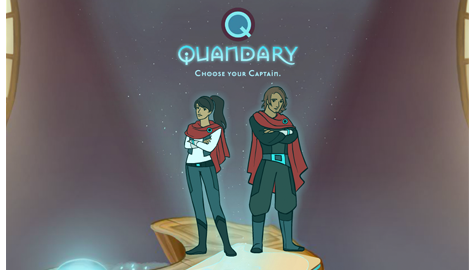
Podcasts
in the ESL classroom. This tool could really
open up a lot of different concepts to the classroom. One
would simple be to listen to podcasts and that go with a specific less. Even more then this a podcast could be a fantastic tool that could open the classroom up to so many ideas. The podcast access allows for a variety of material and information that may not be as manageable
in the time students are in a class but know is expanded. This tool is a great way to flip the classroom. By doing this the podcast brings the world to the students when they have
the time rather than when a broadcast dictates that time.
I think a great idea that we as teachers can use can take this tool one step farther is to actually make podcasts
with the students. The ideas of “reading
theater” by TCM Podcasts encompasses many learning objectives.
Such as fluency, comprehension and accuracy. With the repeating of reading one text all
week in order to be ready to perform on a podcast performance the students are familiarizing
themselves with one text over-and-over.
In doing so it has been proven that by becoming fluent in one text
automatically makes one more fluent in other texts, which in many ways is the
ultimate goal.
In practicing for
the podcast performance the students fluency of the words and text become more natural. The use of the performance
gives the students a direct goal, a meaning to the practice. The students are
not just reading for the sake of reading they are preparing for the podcast performance,
which is a great confidence builder. A
student who may have been timid about their reading and speaking skills become excited
about their performance. The first
podcast might be a little more intimidating than the rest because it is
new. As they practice the students
quickly become more excited and want to be prepared which only increases their
fluency and accuracy toward the target of language proficiency. The nice thing about this tool is that it in itself
is an audio diary. In that the students can refer back to older podcasts to see
how they are developing.
The
lesson could even start with deconstructing the narrative the students are
going to perform. Looking at unknown
words, close pronunciation tips, and even meaning behind the text. The “reading theater” podcast concept is
really an all-encompassing tool. Many
objectives can be met and assessed.
The
students can be assessed on performance, pronunciation accuracy, fluency in
performance which is assessed by seeing how comfortable the student is with the
narrative. Are they acting it using different inflections from their voice or is
it a simple reading? A word quiz can also
be given about the new words that were learned from the narrative. And even a brief essay could be used. One in the beginning of the task and one at the end. Seeing if the meaning of text changed for them as they read the narrative. This also give the students a chance to practice and be assessed in writing skills.
Podcast Website
The Podcast
An example of Podcast "reading theater" in action
Podcast Website
The Podcast
An example of Podcast "reading theater" in action





